Get ready for insemination in less than 6 days
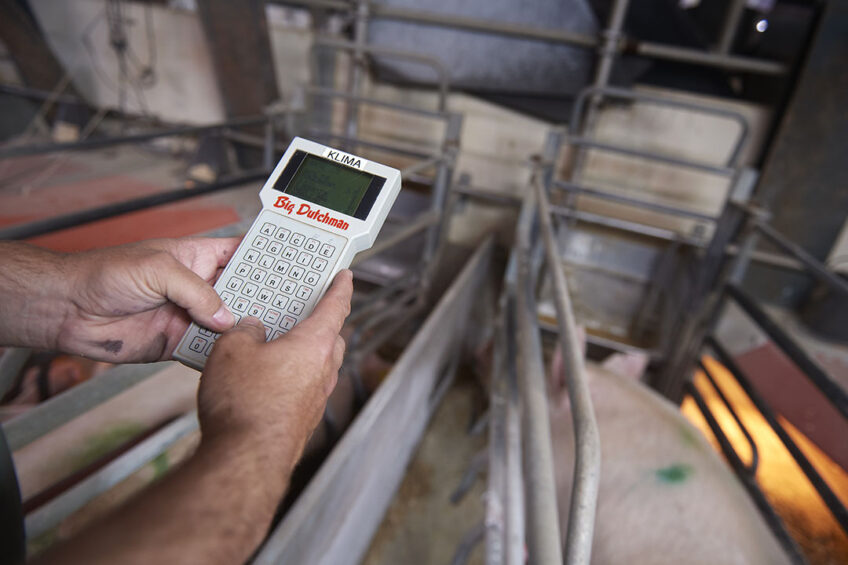
Excessive weight loss in the farrowing house can cause a critical delay in a sow’s production cycle. The longer it takes to regain weight after weaning, the more unproductive days are likely to pass before the sow is ready for the next insemination.
To ensure maximum productivity, producers need to inseminate at least 90% of their sows no more than 6 days after weaning the previous litter. That requires stimulating the heat hormones and ovulation by providing the right amount of feed, water and light.
Start of a chain reaction
Although weight loss is a normal occurrence during lactation, a range of factors related to feed level, health status and appetite can cause sows to lose more weight than usual. To overcome such challenges, ad libitum feeding is typically the most successful way forward. The increased level of glucose in the blood then leads to a chain reaction – insulin production goes up; the level of the hormone estradiol rises in blood plasma, and ovulation gets underway. This is supported by the rising level of luteinising hormone caused by higher protein intake.
Sows should receive 4-5 kg of feed daily during this period, with gilts being fed ad libitum for 1-2 weeks before insemination. If several sows are fed from 1 feed dispenser, then it makes sense to group the animals according to size and condition. In this way, it is easier to ensure each sow gets the right amount of feed while limiting unhygienic feed residues in the trough.
Sufficient nutrients and water
The feed should contain the right balance of minerals and vitamins for bone development and general health and a combination of soluble and insoluble fibres to support gastrointestinal health. The use of coarsely ground grains or rolled grains mixed with pellets is advantageous.
After weaning, sows may drink anything from 12-20 litres of water a day. So, free access to water is essential. The water system should be regularly controlled to ensure it can deliver 4 litres a minute.
Brightness in the barn
Light is the third factor in ensuring the efficient secretion of heat hormones. Measured at eye level, the sows need at least 100 lux, 16 hours daily.
Once the sows are in heat, their feed can be reduced to 3.5 kg daily until insemination. The sows should then be placed on a gestation feeding curve based on their body condition.
 Beheer
Beheer
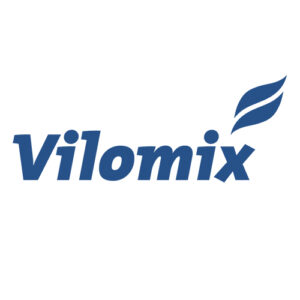
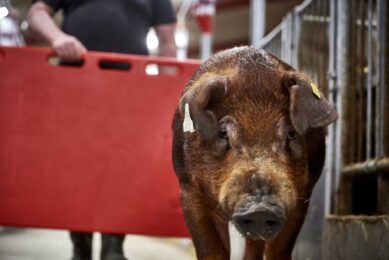
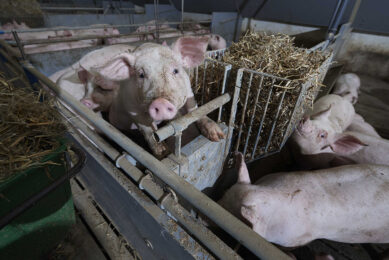
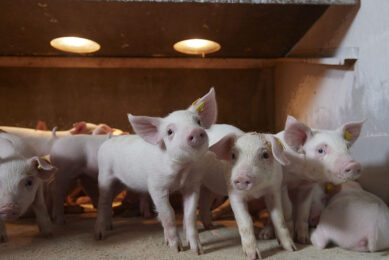
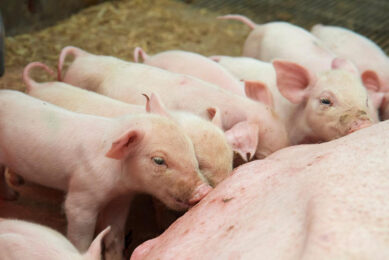
 WP Admin
WP Admin  Bewerk bericht
Bewerk bericht